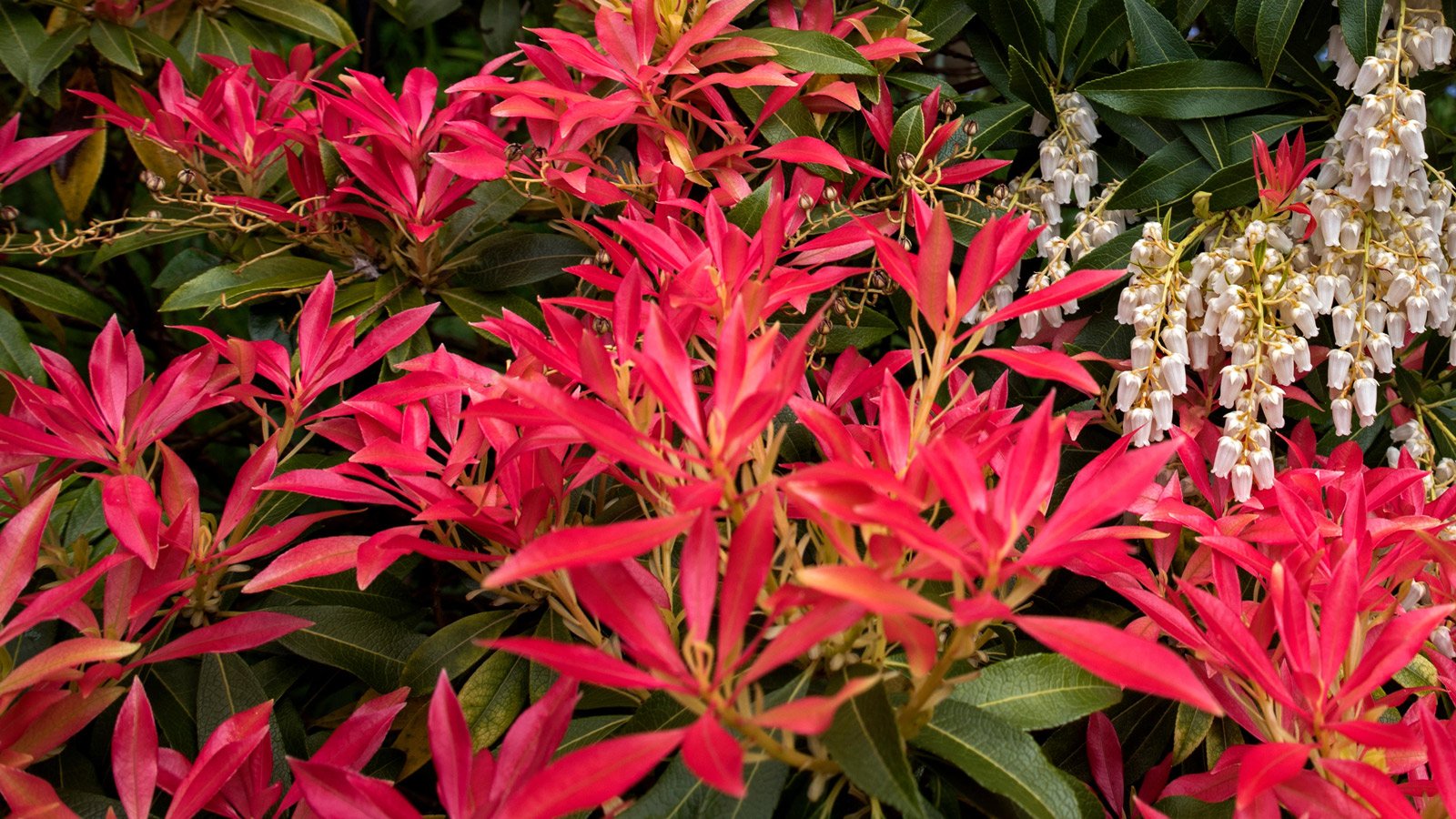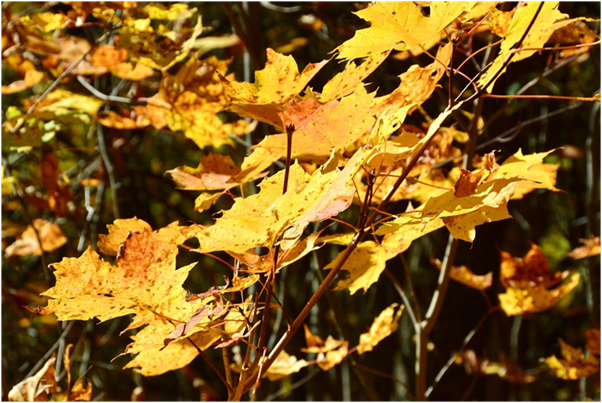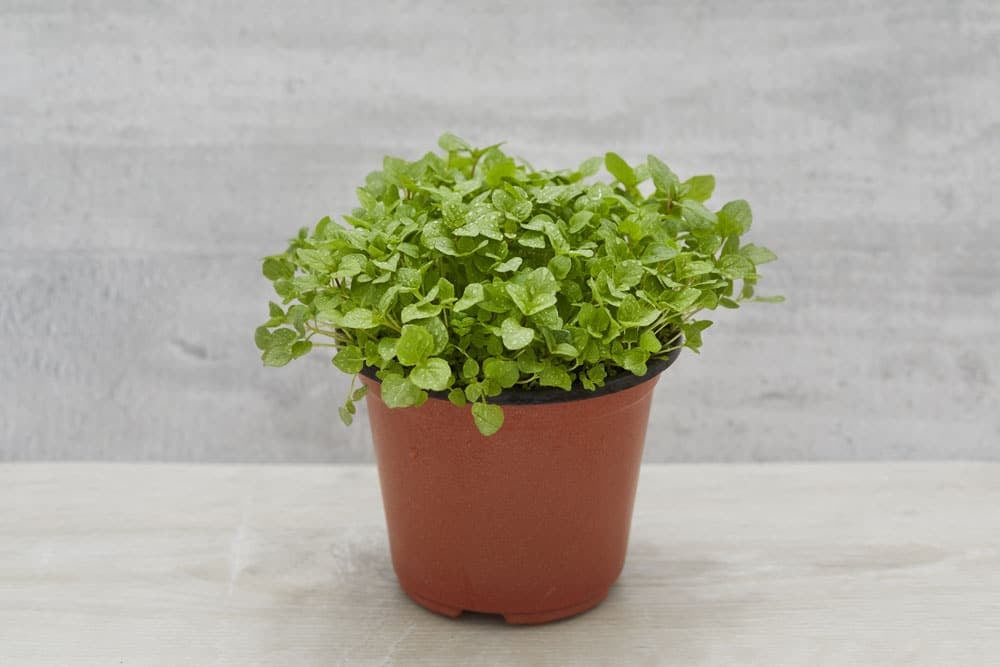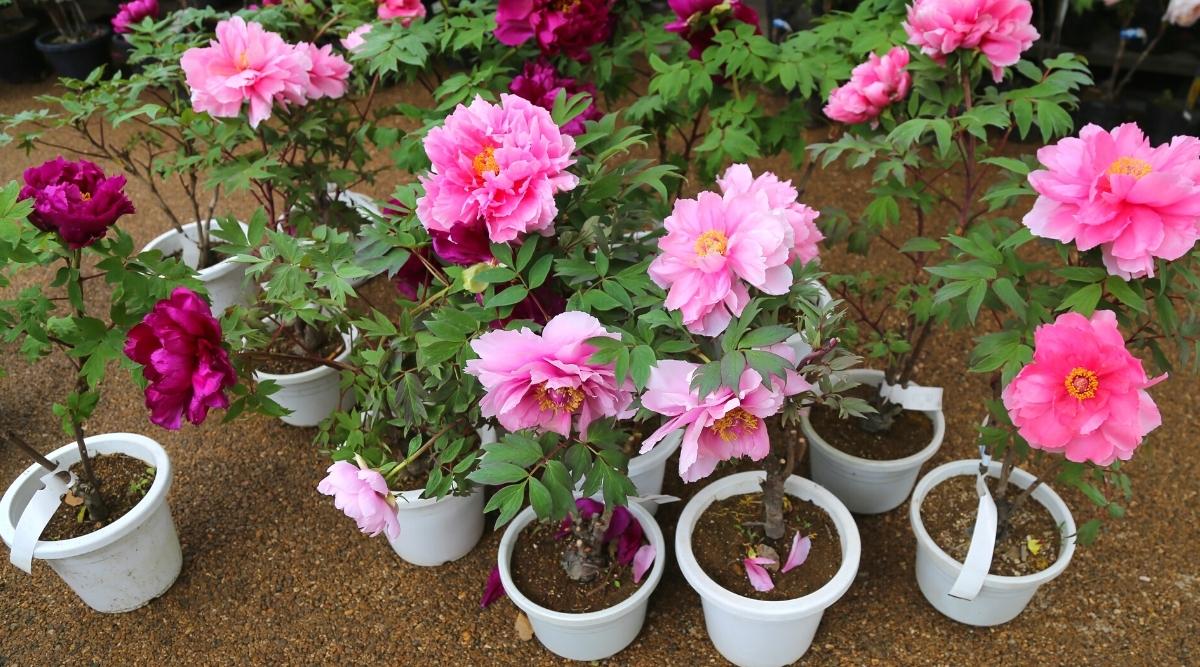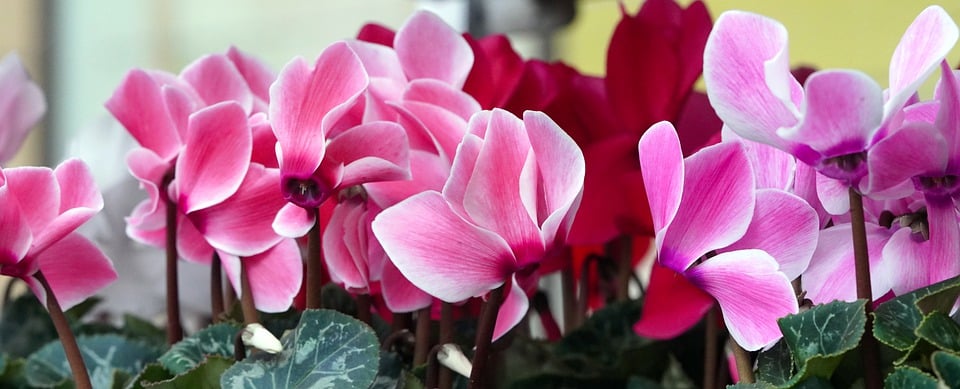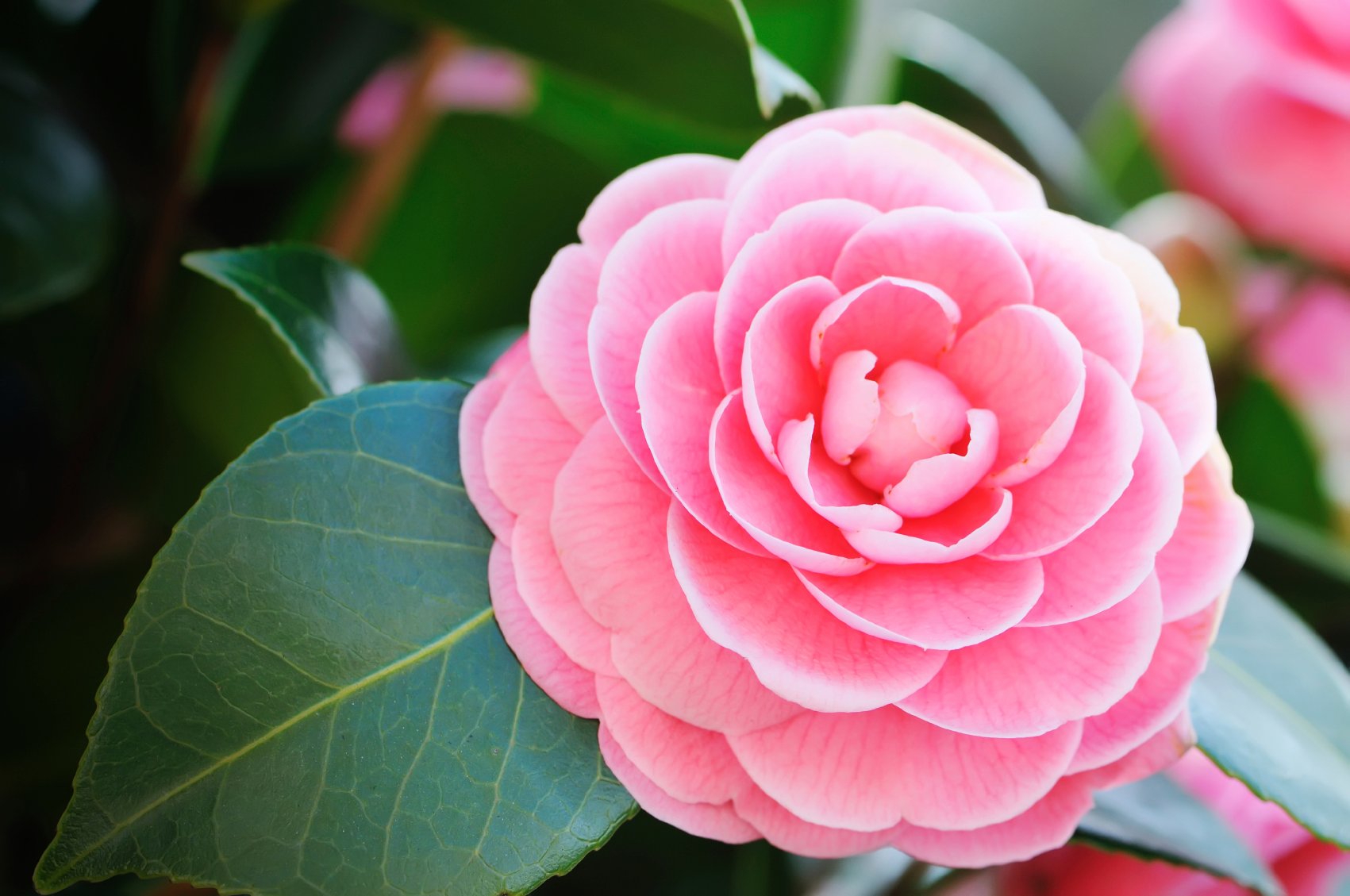3 Simple Steps to Grow Stunning Cornflowers from Seed
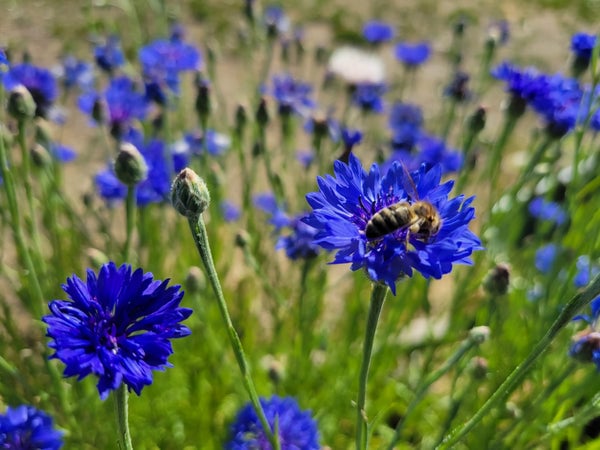
Table of Contents
Cornflower (Centaurea cyanus), also known as bachelor buttons, are easy-to-grow annual flowers that bloom in summer. The flowers usually grow in many numbers at once. They are pretty, ruffled, and grow on slender stems. Cornflowers were a very common sight in fields, they used to grow as weeds in cornfields along with corn poppy, corncockle, and corn marigold, and that is where they got the name from. Now, with the continuous increase in the use of pesticides, they can be rarely spotted in the wild.
Cornflowers come in fascinating colours that look very appealing. Their original colour was deep blue. Now, they come in a wide range of blue shades, along with white, maroon, and pink too. All of these blooms are also edible. Especially the petals that make a lovely garnish to your salads.
So if you are thinking about adorning your garden with them, here is a complete guide on how, where, and when to sow cornflower seeds.
Varieties of Cornflower You Can Grow
Cornflowers are versatile plants that can be used in beds, borders, or meadows. But, first of all, decide on which variety of cornflower you want and pick the seeds for the same. The basic properties for all types, the method to plant them, their planting needs, their uses, and the method of harvesting- everything is similar; they just look different. There are basically three types of seeds that grow different varieties of cornflowers.
1. Cornflower Tall Mixed Seeds
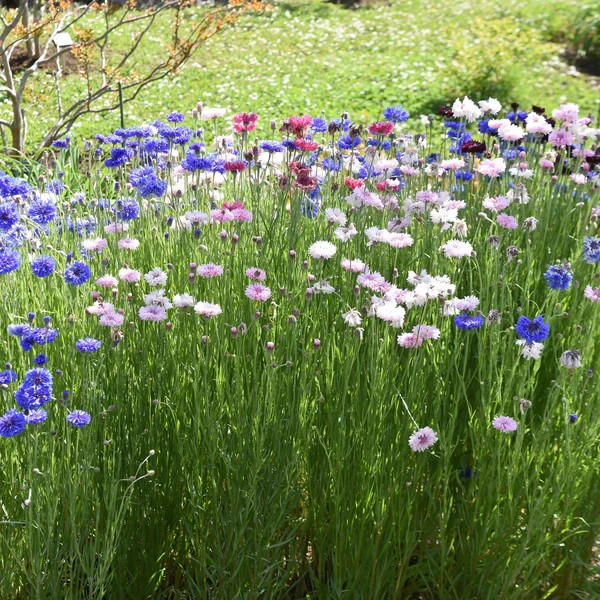
These are a mix of colourful blooms like pink, blue, white, and purple that grows on a tall stem. This cornflower variety is ideal for creating garden boundaries. It is a lovely mix of double flowers on tall stems and has been a traditional cottage backyard favourite for a very long time. Perfect for a countryside look at your family home or farmhouse.
2. Cornflower Polka Dot Mixes Seeds
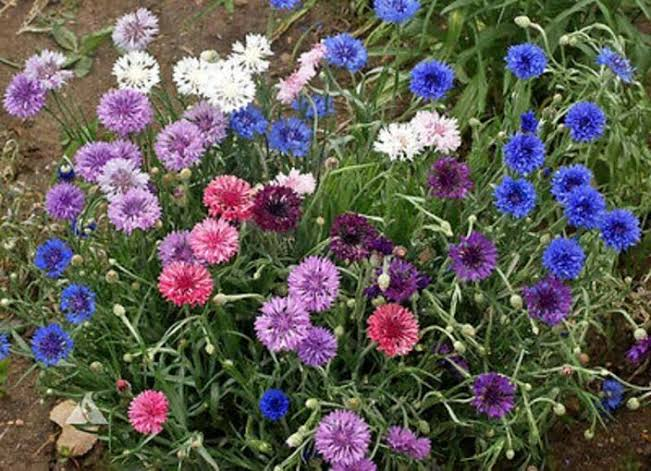
These colourful flowers grow low on the ground and are perfect for growing in containers or small gardens. They can grow up to a maximum height of 15 inches and are the most suitable variety for terrace gardens. If you want to plant mixed-coloured cornflowers in a pot or a container, go with this type because the tall ones need support and may fall off.
- Cornflower Centaurea cyanus dwarf double Polka Dot mixed
- Semi-tall mixture Annual, cutting, border 50 cm height
- Use the spicy, clove-like flowers to eradicate discomfort from your eyes, as a medicinal herb to...
3. Cornflower Centaurea
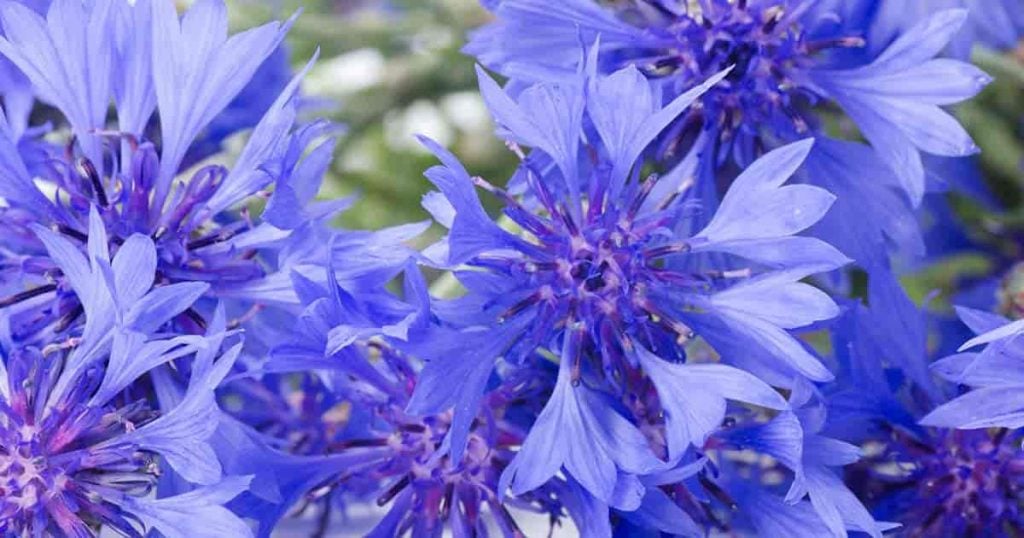
These are the classic ones, with their striking blue colour that has been loved by all for a long time. Plant them wherever they are sure to get all the attention. They are as attractive as they come and are enough to grab all the attention. Whether you want a classic or a modern look, a meadow or a border, you can never go wrong with this one. Pick the type that best suits your preference of area, colour, and height. If you are unable to pick just one colour, mix them all and plant them together to create a beautiful meadow.
- Can grow up to 3ft tall
- Enjoys Full Sun
- Loved by Pollinators
Let’s understand how you can plant these seeds in three simple steps.
How to Grow Cornflowers From Seed (3 Easy Steps)
Step 1: Know When to Sow Cornflower Seeds
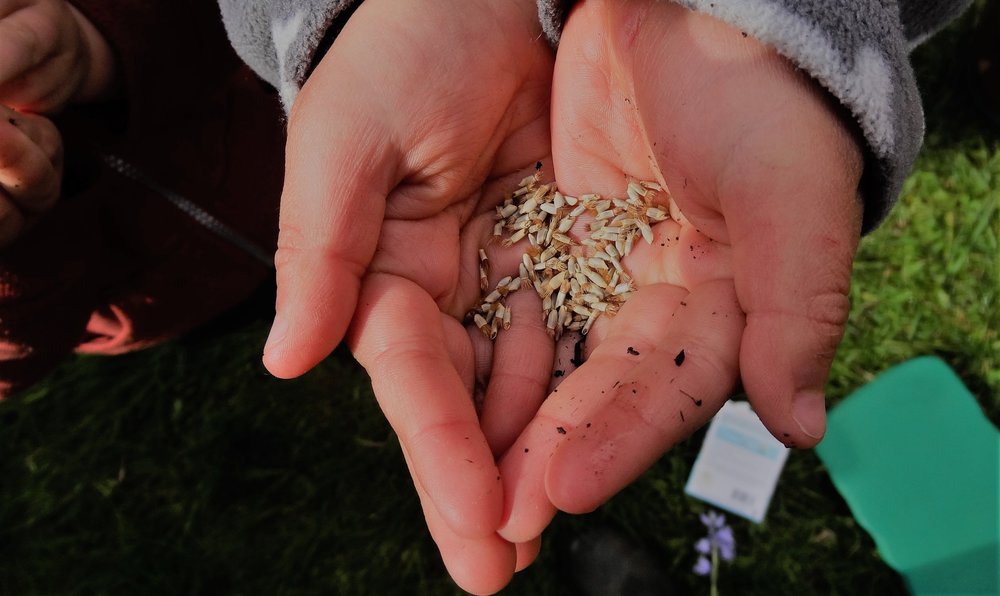
The best time to sow cornflower seeds is just after the end of the frost season, usually around early to mid-spring. Cornflowers are tough plants and can tolerate cold but not frost. So wait until the risk of frost has passed by before sowing your seeds.
It also depends on the climate of your area. When the climates are mild, cornflowers can also be planted during fall, six to eight weeks before the first frost. This will give the cornflowers time to establish themselves before the colder days come. But, spring is the preferable time to plant the seeds in the areas where the winter is harsh.
Step 2: Decide Where to Sow Cornflower Seeds
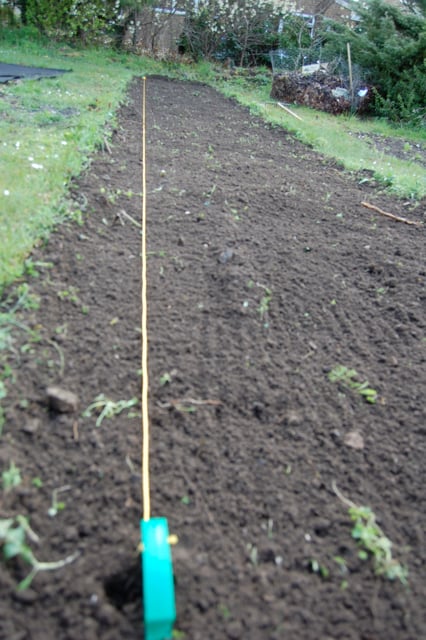
Cornflowers can grow in partial shade, but select the spot in the garden that is exposed to full sun to watch the cornflowers bloom to their best beauty. Their natural habitat is in open spaces, so make sure you plant them in adequate space according to the variety you select. Plant them where the soil is well-drained with just enough moisture because too much water can damage these plants.
Cornflowers thrive alongside other plants of vegetables and fruit that grow in similar conditions. Cornflowers also help them by attracting more pollinators to the area. Just scatter the seeds all over your planted garden or plant them as a border to benefit both of them.
Step 3: Sowing the Cornflower Seeds
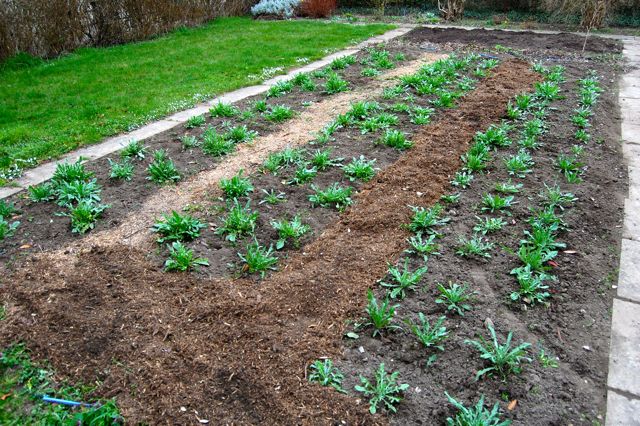
Once the time and place of the plantation are decided, sow the seeds of the preferred variety one-fourth inch deep into well-drained soil, and sow them 12 inches apart to give them enough space to grow. Plant them directly in the place you want them, or if you want to grow them indoors, plant them in a propagation tray. Once it is hardened, transfer them to the soil, though this is not necessary. They can also be planted in pots with a soilless potting mixture, keeping that too well-drained and under plenty of sunshine.
Plant the seeds according to the garden design you have in mind. Scatter them all over randomly if you want to create meadows, or sow the seeds in a thick row if you want to create a garden border. Water them gently after sowing with the help of a watering can or hose until germination takes place. After germination, they won’t need much of your attention.
Caring Tips for Cornflower Plants
- Water your cornflower seeds regularly till germination; after that, just water them once a week to keep the soil moist.
- Thin them regularly and cut out the weak or unwanted seedlings after sprouting. That will give the strong stems enough space to bloom without overcrowding. Maintain a distance of around one foot between two strong seedlings and remove the in-between ones with the help of sharp scissors.
- Give them support and stability after they grow more than 3 feet by tying them to wooden stakes. This is not needed if tall companion plants are already planted around cornflowers, as the cornflowers can grow pretty well with the plant’s support.
- Trim the spent flowers before they drop their seeds with the help of pruning shears. This will help you control spreading, as cornflowers can self-sow and grow very quickly.
Fertilizing the Cornflower Plants
If the soil is poor in nutrition, you can feed it fertilizer in the form of diluted liquid manure or natural compost tea once a month to improve the growth of cornflowers. But, when the soil is rich with the minerals and nutrition that a plant needs to grow, it may not be necessary to fertilize them at all. The process of fertilization should be started in early spring, when the plants are in the growing phase, till the season lasts. In many cases, adding a couple of bags of compost to the soil before sowing the seeds is enough to last the entire growth cycle of these cornflowers.
Uses of Cornflower
Apart from using them for their ornamental beauty in gardens, bouquets, and pots, they have many value-adding uses.
- Cornflowers are the best attraction to pollinators you can have. They attract the bees and butterflies to the garden and make you garden, which helps the surrounding plants grow very well.
- Cornflower is used as a medicinal herb. They are dried and used to make medicines to treat various conditions like fever, constipation, and chest congestion.
- Cornflower water is believed to have various skin-repairing properties. It is used to soothe dry skin and eye irritation due to lack of sleep or screen time. It is multipurpose; use it as a toner or a night serum to experience its magical effects.
- Cornflowers can also be used for cooking in various ways. All the varieties of colours are edible and have a very mild flavour, which makes a perfect baking decoration. Petals can be used for garnishing salads and dishes. They are also popularly used in teas to add a mild peppery clove aroma to them.
Grow Your Own Cornflower Field
In conclusion, cornflowers are everything good. There is not much you need to do to get that beautiful cornflower field in your backyard. They are easy to grow, easy to maintain, and so very beautiful.
They manage to grow in almost every kind of climate and any kind of soil with good disease resistance. Their seeds are readily available, and once you plant your first batch of cornflowers, they even self-sow themselves to blossom in the next season. But the beauty they bring to your field for those months is worth it.
These brief instructions will help you at every step of your cornflower plantation journey. From picking your seeds to harvesting your cornflowers, we have got everything covered.
If you are new to gardening and are fascinated with planting a meadow of colourful cornflowers in your garden, this is your sign to go ahead with it!




